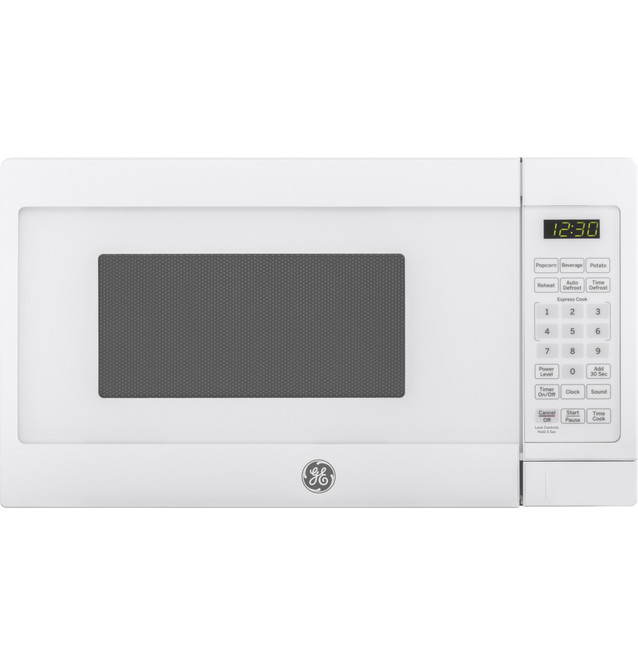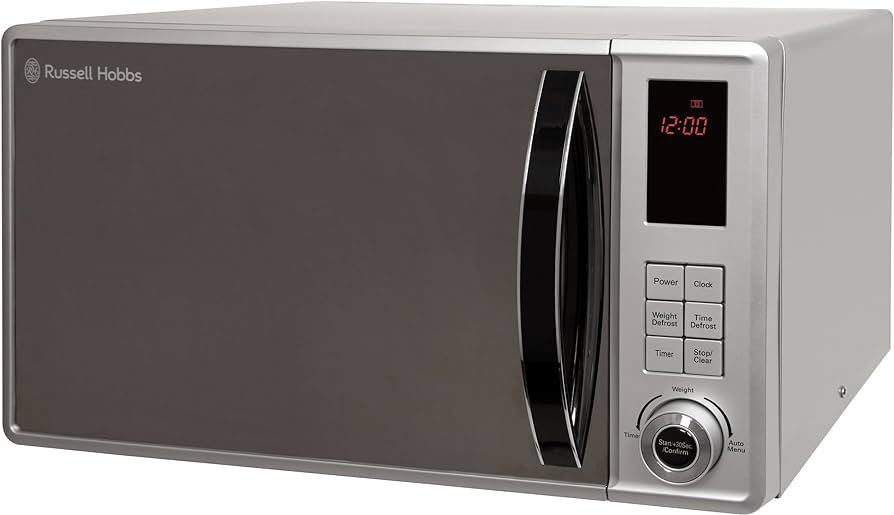Introduction:
The first commercial microwave oven marked a significant milestone in the history of kitchen appliances, revolutionizing the way people cooked and reheated food. Developed in the 1940s and introduced to the market in the 1950s, the initial commercial microwave oven differed greatly from the sleek and compact models available today. In this article, we will explore the appearance and features of the first commercial microwave oven, delving into its design, size, and functionality. Understanding the evolution of the first commercial microwave oven can provide insights into the advancements that have shaped the modern microwave appliances we use today.

Fun fact: What did the first commercial microwave oven look like?
Appearance and Size:
The first commercial microwave oven had a distinct appearance that reflected its industrial and utilitarian nature. Here are some key features of its design:
a. Large and Heavy: The early microwave ovens were significantly larger and heavier than their modern counterparts. The Radarange, for example, stood around 1.8 meters (6 feet) tall and weighed over 340 kilograms (750 pounds). Its size made it difficult to place in small kitchens or domestic settings.
b. Steel Cabinet: The exterior of the early microwave oven was typically made of steel, giving it a sturdy and durable appearance. The steel cabinet provided the necessary insulation and protection for the high-powered magnetron and heating components inside.
c. Heavy Door: The door of the first commercial microwave oven was a substantial component, designed to withstand the power and heat generated by the microwaves. It often featured thick glass or perforated metal to allow users to monitor the food during cooking.
Functionality:
Despite their large size and industrial appearance, early microwave ovens offered innovative features and functionality that transformed the way food was cooked. Here are some notable characteristics of the first commercial microwave oven:
a. Microwave Heating: The primary function of the early microwave oven was to heat food quickly using microwaves. The magnetron generated high-frequency microwaves that penetrated the food, producing heat directly within the food’s molecules.
b. Speed and Efficiency: The commercial microwave oven was revolutionary in terms of speed and efficiency. It could cook food significantly faster than conventional ovens or stovetop methods, reducing cooking times from hours to minutes. This made it particularly valuable in commercial settings where time and efficiency were crucial.
Commercial Adoption and Evolution:
The introduction of the first commercial microwave oven sparked excitement and curiosity among consumers and business owners. Although the initial models were expensive and not widely available to the general public, their potential for revolutionizing the food industry was evident. As technology advanced, subsequent models of commercial microwave ovens were developed, addressing some of the limitations of the early models.
a. Size Reduction: Over time, commercial microwave ovens became smaller and more compact, making them suitable for a wider range of kitchen spaces. This size reduction enabled these appliances to transition from predominantly commercial use to residential kitchens.
b. Improved Design: As consumer demand grew, manufacturers began to focus on aesthetics and user-friendly designs. The exterior of microwave ovens evolved from the industrial steel cabinet to sleeker, more visually appealing designs, often featuring stainless steel or other modern finishes.
c. Expanded Features and Functions: Modern commercial microwave ovens offer an array of features and functions beyond basic reheating, including preset cooking programs, defrosting options, multi-stage cooking, and advanced control panels. These features enhance the versatility and convenience of microwave cooking.
Impact and Popularity:
The introduction of the first commercial microwave oven had a profound impact on the food industry and everyday cooking practices. It brought about significant changes in the way food was prepared, reheated, and served.
Consumer Adoption:
As commercial microwave ovens evolved and became more accessible, consumer demand grew rapidly. The convenience and time-saving benefits offered by microwave cooking appealed to households, leading to widespread adoption and integration of microwave ovens into residential kitchens. Over time, microwave ovens became an essential kitchen appliance for many households worldwide.
Conclusion:
The first commercial microwave oven, known as the Radarange, introduced in the 1940s, marked a significant milestone in the history of kitchen appliances. This early microwave oven featured a large and heavy steel cabinet design with a sturdy door, primarily targeting commercial use. Despite its industrial appearance, the first commercial microwave oven revolutionized how food was cooked by offering unprecedented speed and efficiency.

